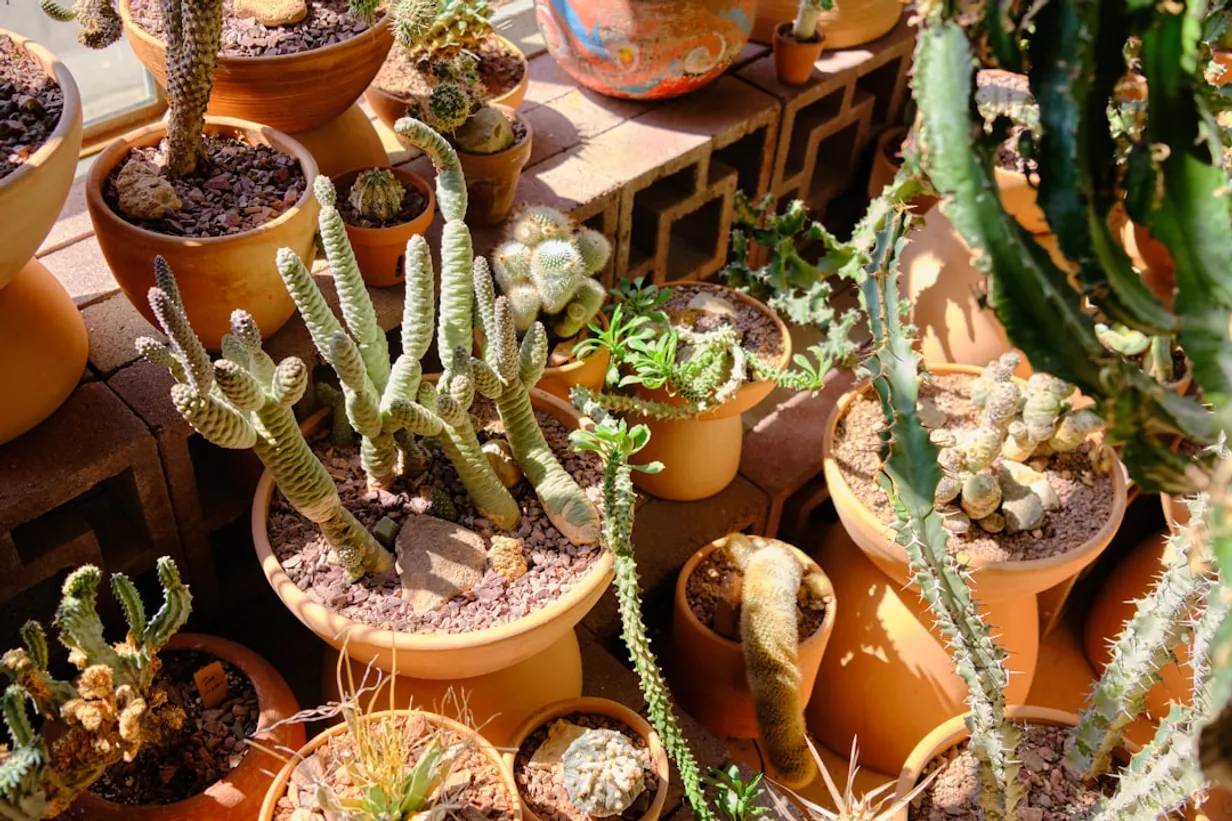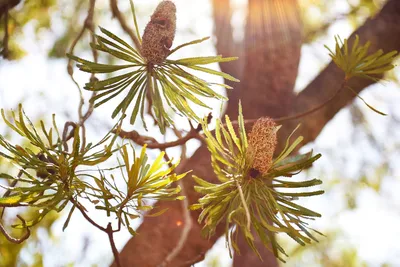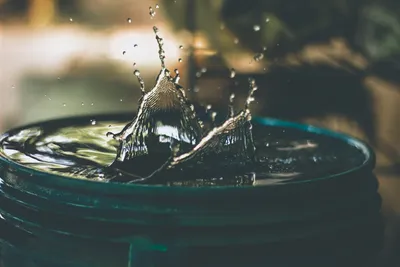Creating a Balanced Ecosystem with Native and Aquatic Plants in Australia

Introduction to Native and Aquatic Plant Integration
As Australian gardeners, incorporating native and aquatic plants into our landscapes not only boosts aesthetic appeal but also establishes a balanced ecosystem. This practice supports local biodiversity and helps maintain the sustainability of our natural environment. By understanding how these plants coexist, we can create thriving gardens that are both beautiful and ecologically responsible.
Benefits of Incorporating Native and Aquatic Plants
Enhancing Biodiversity
Native plants are intrinsically connected to the local wildlife. By including them in your garden, you provide food and habitat for birds, insects, and other native species. Aquatic plants further enrich your garden by creating habitats in water features that support amphibians and aquatic life, such as frogs and beneficial insects.
Water Conservation
Australian native plants are well-adapted to the local climate, requiring less water than exotic plants. Integrating aquatic plants in garden ponds or water features can also help maintain water quality by oxygenating and filtering the water, reducing the need for artificial filtration systems.
Choosing the Right Native and Aquatic Plants
Consider Your Local Climate and Soil
When selecting plants, it’s essential to consider your specific climate zone and soil type. Species that are naturally occurring in your region will be more likely to thrive and require less maintenance. Research local species that tolerate your area's specific conditions.
Balancing Plant Types
For a balanced ecosystem, blend different plant types, such as trees, shrubs, groundcovers, and aquatic species. For instance, banksias and eucalypts can provide canopy coverage, while lomandras and dianellas fill understory gaps. In water features, consider oxygenators like eelgrass or submerged species like nardoo.
Designing Your Garden for Ecosystem Health
Plan for Diversity
Diversity in plant selection not only enhances your garden’s visual appeal but also its ecological function. Use layers of vegetation to mimic natural ecosystems, providing shelter and nesting sites at multiple levels. A diverse palette helps attract a broader range of wildlife.
Implementing Water Features
Integrate ponds or water features to add a dynamic element to your space. Ensure these features have gradual slopes to allow animals easy access in and out, and balance sunlight exposure to prevent overheating. Aquatic plants like water lilies can provide necessary shade and prevent algal blooms.
Maintenance Tips for Thriving Plant Ecosystems
Regular Monitoring
Regularly observe your garden to monitor plant health and pest activity. Native pests have natural predators that can be encouraged by maintaining a diverse plant population. This balance minimizes the need for chemical pest control.
Seasonal Adjustments
Adjust your gardening practices with the seasons, such as increasing watering in dry months or pruning in growth periods. Seasonal adjustments help maintain your garden's health and resilience throughout the year.
Conclusion
Creating a balanced ecosystem in your garden using native and aquatic plants is a rewarding endeavor that benefits both the gardener and the environment. By choosing the right plants and designing a space that mimics natural habitats, you can enjoy a lush and sustainable garden that supports local biodiversity and conserves resources.
Popular Gardening Guides
Explore our most loved gardening articles, featuring expert advice on plant selection and sustainable practices.



